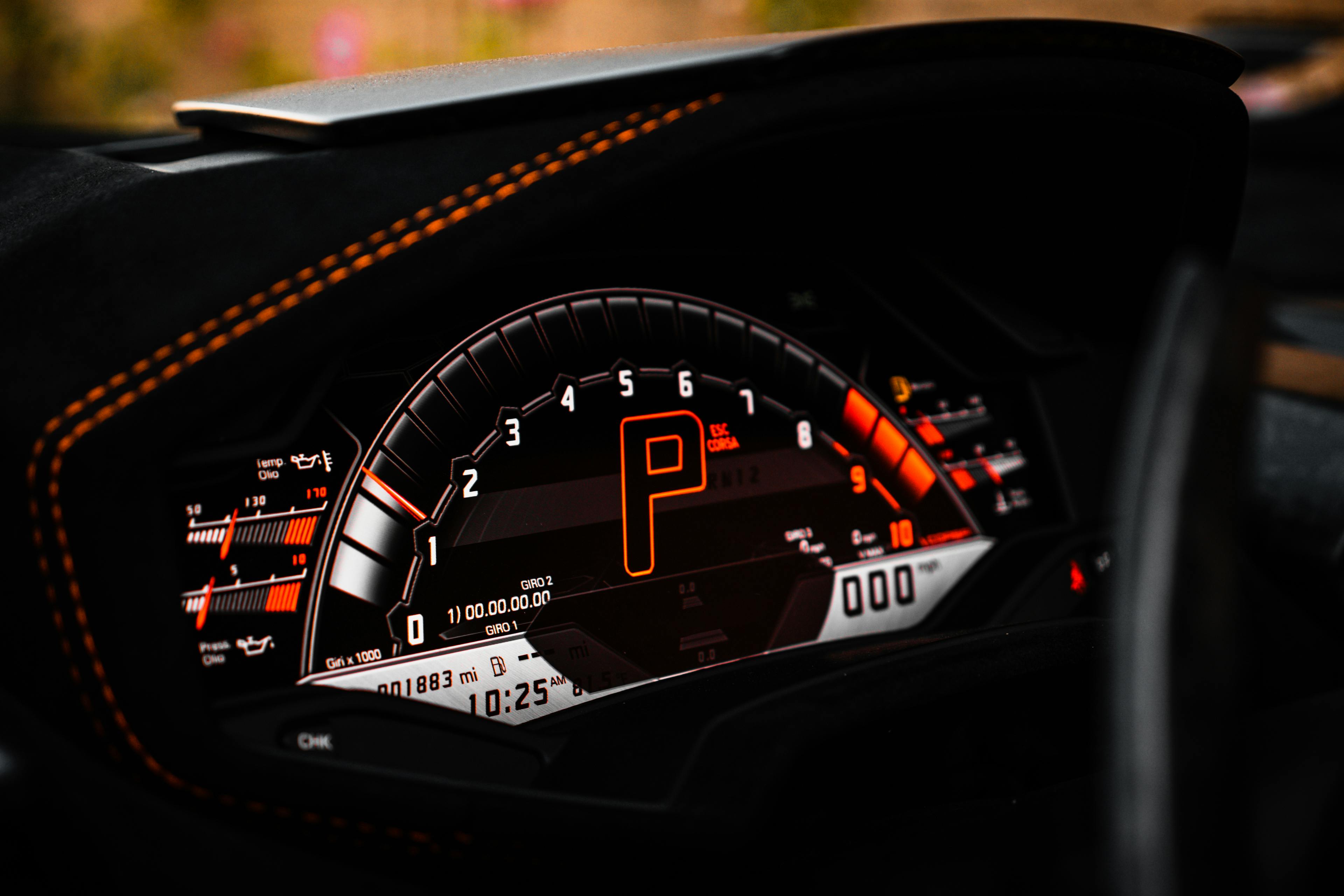Ford Escape Hybrid Extended Review
Handling and performance
Weighing in at 300 pounds, the Ford Escape Hybrid’s handling is capable of long, sharp corners. This improves handling when considering other SUVs that are smaller in size and therefore decreases the amount of agility when cornering or cornering. Without stability control, and considering that the brakes are stubbornly stiff at certain times, the car needs good handling.
In terms of performance, the Escape Hybrid, equipped with an electric motor that powers 94 hp and an I-4 fuel engine that produces 133 hp, results in a very powerful vehicle. Considering that Ford’s preference for the engines in its all-fuel Escape models is the typical V6 engine that generates 200 hp, the Ford Escape Hybrid can be relatively compared.
On the electric motor the SUV can reach speeds of around 39 mph and 40 mph could be achieved on the fuel engine and ultimately switching between fuel and electric is a convenient on-the-go built-in feature for when required. this feature while driving. The Ford Escape Hybrid has a top speed of around 102 mph and therefore the fuel engine kicks in once the temperature reaches below 50 ° F for best performance.
With a 2.3-liter engine capacity, the Ford Escape Hybrid, and avoiding the predominant use of the Otto cycle method, basically runs on the vastly different Atkinson cycle, ultimately increasing efficiency and performance with less air and gasoline if required. necessary.
It incorporates a feature called CVT, which stands for continuously variable transmission, however, with a more complex electronic design and which regulates the power requirements between the different engines. This allows the motors to turn off to accommodate the required motor use only.
Environmental impacts and fuel mileage
With the Ford Escape Hybrid as the most profitable SUV Ford Motor boasts, it would spark phenomenal interest from car buyers, especially when high fuel prices are taken into account. The idea that Ford Motor presented is a step forward, proving that even for a car of its magnitude, the Ford Escape Hybrid is an economical and dynamic vehicle.
The front-wheel drive model of this SUV can reach a height of 30 mpg in terms of fuel efficiency. The all-wheel drive model produces 27 mpg on the highway and 29 mpg in cities.
It has managed to comply with the regulations imposed by the Super Ultra Low Emission Vehicle, a Californian company, as well as the Partial Zero Emissions Vehicle, thereby signaling that the vehicle outperforms its hybrid rivalries. With a 90 percent lower emissions rate, the Ford Escape Hybrid’s tailpipe also outperforms the new car and near-zero evaporative vehicles.
Ford hopes to develop a successor to the Escape, or at least a prototype for now that would use ethanol to make most of the vehicles’ performance. This opens the way for future fuel-efficient SUV models with even better eco-models.
Other features
When looking at the Toyota Prius and Ford Escape Hybrid on a comparative scale, there are many similarities, even though both companies announced that they were strict not to intervene on each other’s patents, respectively. This led to an agreement between both companies, whereby the exchange of patents within both parties would be allowed, and this would be the possibility of using Ford’s diesel and direct injection features and Toyota’s fuel efficiency methods in either. of the vehicles.
The battery, developed by the Sanyo Electric Company in conjunction with Honda, consists of 250 cells with nickel metal hydride. The battery pack supplied with every Ford Escape Hybrid weighs around 50 kg.
Safety features include antilock brakes, airbags located on the sides of the front seat, and, of course, full-length curtain airbags. Airbag rollover sensors come standard and the Ford Escape Hybrid SUV incorporates the Personal Safety System with sensors that detect the need to release the airbag. These sensors are intelligently placed on various criteria involving seat positioning, seat belts and the intensity of the crash.
The Escape Hybrid earned a four out of five star rating in NHTSA’s frontal impact crash test. The rear of the vehicle along with the front seats achieved five out of five stars. Rated by IIHS, the vehicle remained ‘good’ in side impact crashes and ‘fair’ for the front of the vehicle.
The Ford Escape Hybrid can be purchased in two different models, the front-wheel drive, priced between $ 26,500 and $ 27,000 that incorporates a $ 3,000 tax claim, and the four-wheel drive at $ 28,000 with a $ 2,200 tax claim. Car buyers find this to be an interesting ratio, especially considering the average conventional fuel cars.
Car buyers can review the warranties provided before purchasing to note that the Ford Escape Hybrid includes 3-year bumper-to-bumper coverage. This is also met with 36,000-mile mileage coverage and a 60,000-mile or five-year drivetrain built-in warranty. A five-year warranty is also implemented for safety against corrosion, in addition to mileage.
Being one of Ford’s best sellers, the Ford Escape Hybrid had been massively produced in 2004 compared to the originally proposed figures. Even with rising car sales falling shortly thereafter, the Ford Escape Hybrid maintained a solid seller in the market, making it one of the most admired SUVs.
